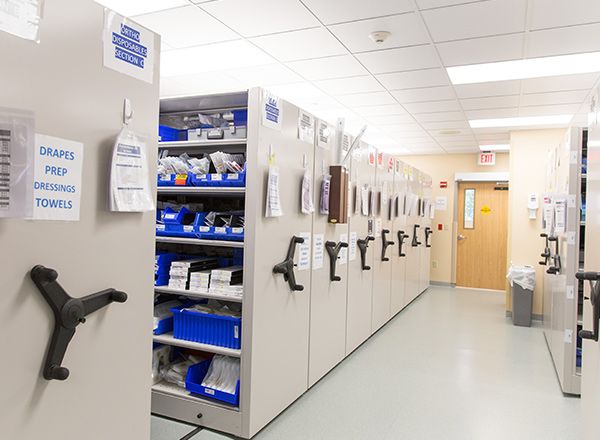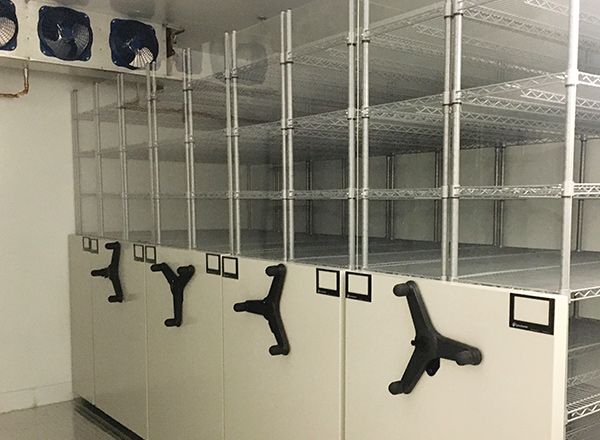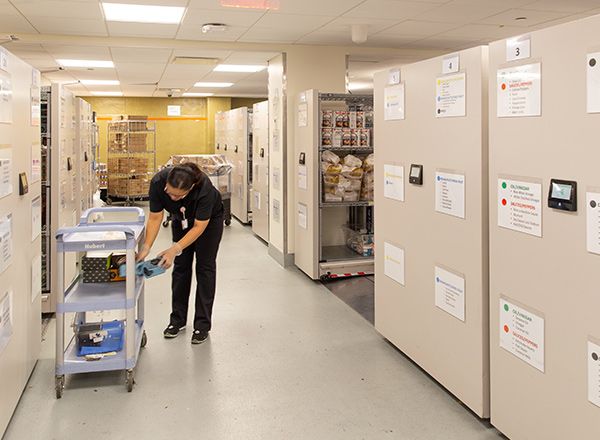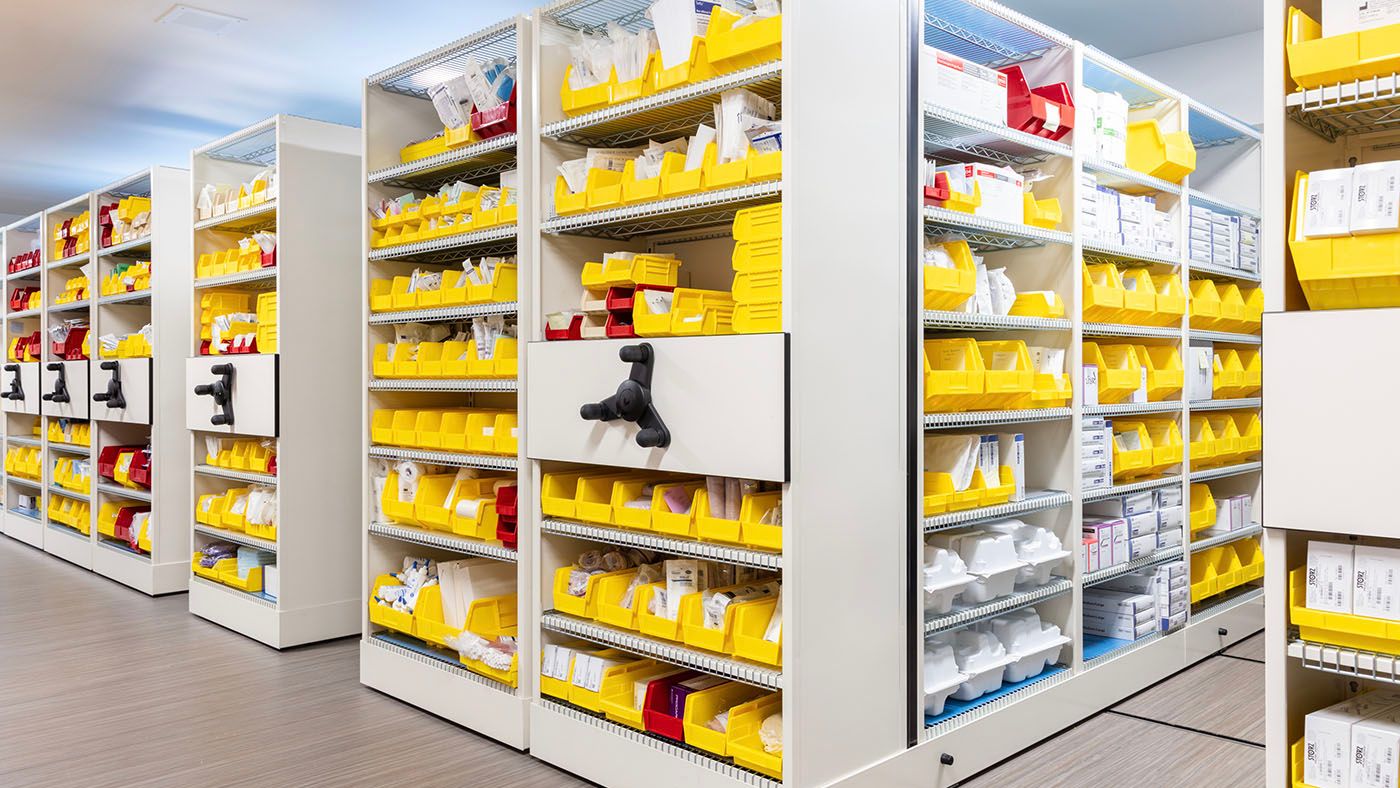Save Space in Healthcare Facility Design
How to optimize space and promote best practices.
Space in hospitals, clinics, and other healthcare centers is expensive: it’s expensive to design, expensive to build, and expensive to occupy. Every cubic foot that’s used for storage is space that could be used for patient care. Given the expenses associated with building and operating these spaces, there’s a misconception that space allocated to storage is “wasted” because storage space doesn’t visibly impact patient care and doesn’t directly generate revenue.
Nothing could be further from the truth! Hospitals and other healthcare facilities exist to help people heal, and helping people heal requires a lot of stuff: stuff like slings, syringes, surgical instruments, and much more. Those items need to be stored whether space is thoughtfully allocated for it or not.
Staff who work in facilities that weren’t designed with adequate storage really do suffer the consequences: time wasted walking to distant storage areas, time wasted moving items and looking for supplies, and time wasted on inventory management issues.
Real-world examples of how proper storage can support architects’ and designers’ efforts to:
- Store more in less space
- Improve the patient care experience
- Improve workflows
- Control costs

Store More in Less Space
Spacesaver’s High-Density Mobile Storage systems eliminate wasted aisle space with shelving that slides on rails. These systems are particularly useful and valuable in healthcare settings, where every cubic inch that’s used for storage is space that could be devoted to patient care. Hospital pharmacies are undergoing major renovations to comply with strict new regulations that govern how hazardous chemicals are stored and handled. This hospital had to install clean rooms within the pharmacy’s existing footprint, so compact storage made the most of the space they had left.


Improve the Patient Care Experience
This diagnostic lab needed to rapidly create a six-fold increase in capacity for COVID testing. They ordered three Spacesaver high-density mobile storage systems: one for materials management and two for storing test kits in refrigerated rooms. The end result? Faster turnaround and less wait time for results.

Efficiency in Healthcare Storage
Efficiency in Healthcare Storage


Improve Workflows / Staff Experience
In this university hospital’s food service storage area, Spacesaver systems save space, provide convenient access to stored items, and meet all health and safety requirements. Antibacterial-coated wire shelving is mounted on a powered mobile system that’s equipped with ZFS® safety features. Gapless rail and an aluminum floor discourage the growth of bacteria and other pathogens.


Control Costs
This hospital was leasing an electronic supply management system to store and dispense supplies. The materials manager worked with Spacesaver’s engineering team to create 4-Post shelving cabinets that fit in the allotted space, permitted visibility, and secured with locks. The hospital has realized a savings of $38,000 per year since the cabinets were installed.

Designing Healthcare Facilities
Examine challenges within the healthcare environment that affect workflows and the health, safety, and welfare of occupants; learn how FF&E can contribute to occupant wellness and LEED certification; and view real-world case studies. Learn more and sign up for our virtual AIA webinar. Learn More – Sign Up
Next Up in Healthcare


A major pharmaceutical company updates Spacesaver powered mobile systems.
Read On